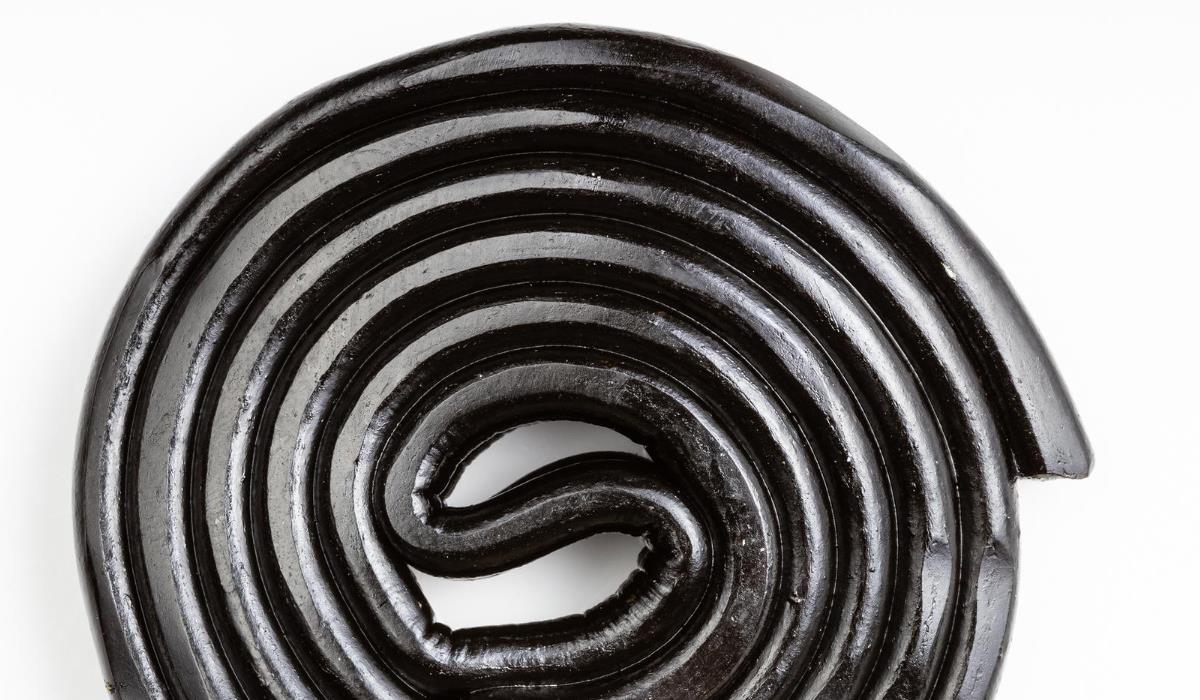Sealing doors and windows can make your home warmer or cooler. In addition, seals will save up to 10 to 15 percent on energy bills. However, with so many types, choosing the right material for a particular job can be a daunting challenge.
What kind of door and window seals do you need? In order to facilitate the work related to self-assembly of gaskets, we have divided the most popular options by material and profile. This will let you know exactly what to install to get rid of the cold air.
Felt
Felt is sold in rolls, both plain and reinforced with a flexible metal strip. While it is inexpensive, it usually only lasts a year or two.
Where to put? Around the door or window frame; in the door frame so that it is squeezed by the door.
How to mount? Cut to desired length then staple or nail in place.
Foam tape
Foam tape is made of open or closed foam or EPDM rubber, with adhesive on the back. This type of gasket is sold in a variety of widths and thicknesses, making it best for irregular gaps.
Where to put? At the top and bottom of window frames; inside the door frames.
How to mount? Cut to the appropriate length and glue in the right places.
V-belt (tension seal)

A V-belt, also known as a tension gasket, is a durable plastic or metal strip folded into a “V” shape that expands to fill the gaps.
Where to put? Along the sides of a double-leaf or sliding window; on the top and sides of the door.
How to mount? This standalone gasket is quite easy to use. It is enough to cut it to the desired length with scissors, and then peel it off and stick it or fix it with finishing nails.



